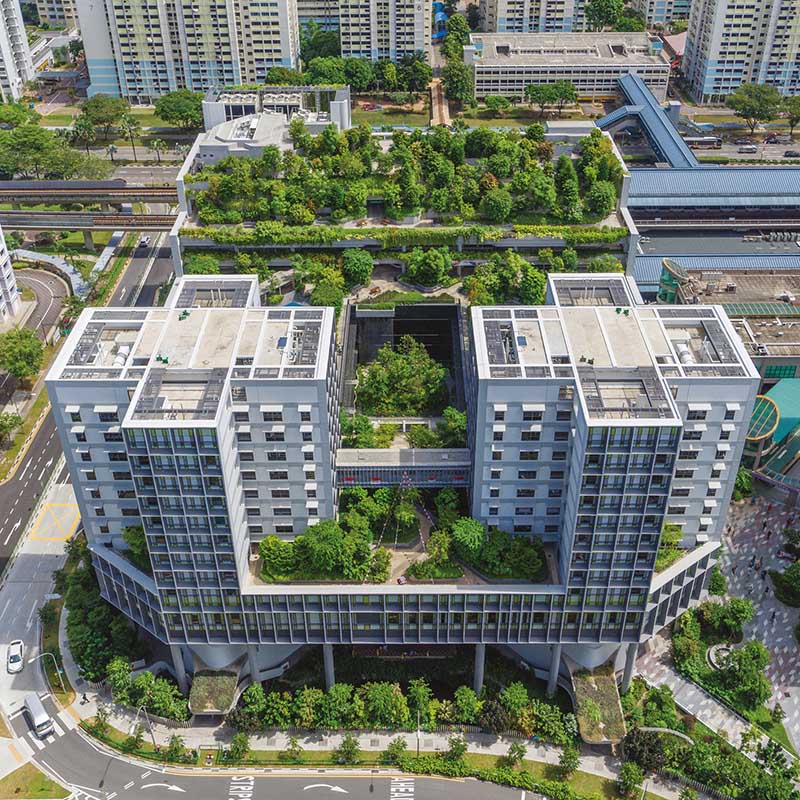Landscape through the Lens of Pandemic
September 26, 2020
One of the most interesting outcomes of COVID-19 has been how fully it has pulled back the curtain on the world around us, exposing the inner workings and fault lines of everything, from the global economic system to social norms.
Alongside this, the disruption of our day-to-day routines and conventions has not only created a general sense of instability and dissonance, but also a sense of possibility. Our world is not as stable as we tend to assume; this also suggests that positive changes are not as challenging as they seem.
There have been many calls to seize this opportunity to create change, and speculations on the long-term impact of the pandemic and its fallout. As a landscape designer, I have been reflecting on what the place of landscape has been in this pandemic, and how it may evolve in a post-pandemic world; what landscape design can do to help people cope with future crises, or how it can help to mitigate and/or avoid them.

WHAT IS THE ROLE OF LANDSCAPE IN A PANDEMIC?
COVID-19 has brought to the fore the importance of landscape design, particularly parks and public green spaces within cities. With gyms closed, and nowhere else to go outside of our homes, running, cycling and walking have seen a surge in popularity, and the preferred place for these activities are parks and open green spaces.

In Singapore, the country’s nature reserves and cycling trails are packed with families trying to find new things to do after almost three months of circuit-breaker restrictions. Even in China, where cities have emerged from lockdown and are resuming normal life, picnics are the latest trend, a way to socialise while practising social distancing and enjoying the warmer weather as spring turns into summer.
Natural landscapes in cities are quickly gaining recognition as essential social infrastructure. Just as they function as blue-green infrastructure to manage extreme weather, they have become vital spaces for maintaining our physical and mental health in a public health crisis.
However, during this pandemic, we have also seen this social infrastructure at capacity, with pathways packed with walkers, runners and cyclists and social distancing measures failing as a result. We have also seen that many do not have access to nature where they live; whether they are front-line workers, or those physically unable to leave their homes, or simply do not have a park within their neighbourhoods.
How are they coping with the pandemic without these amenities? What can we do as designers to ensure that the landscape has a greater reach?
To read the complete article, get your hardcopy at our online shop/newsstands/major bookstores; subscribe to FuturArc or download the FuturArc App to read the issues.
Previously Published Main Feature
Contact us at https://www.futurarc.com/contact-us for older commentaries.

